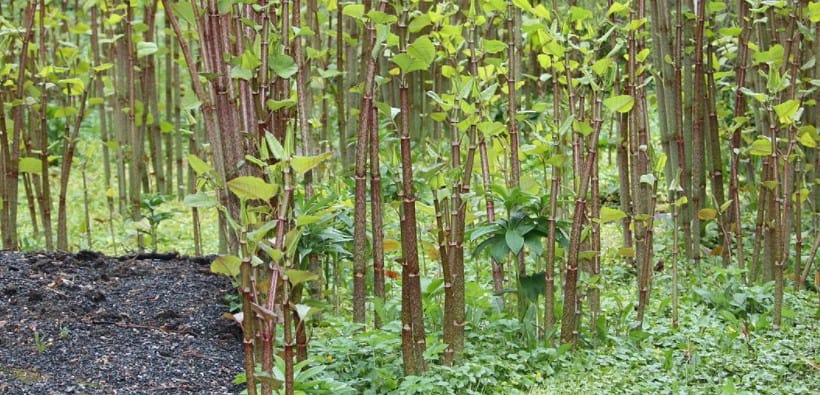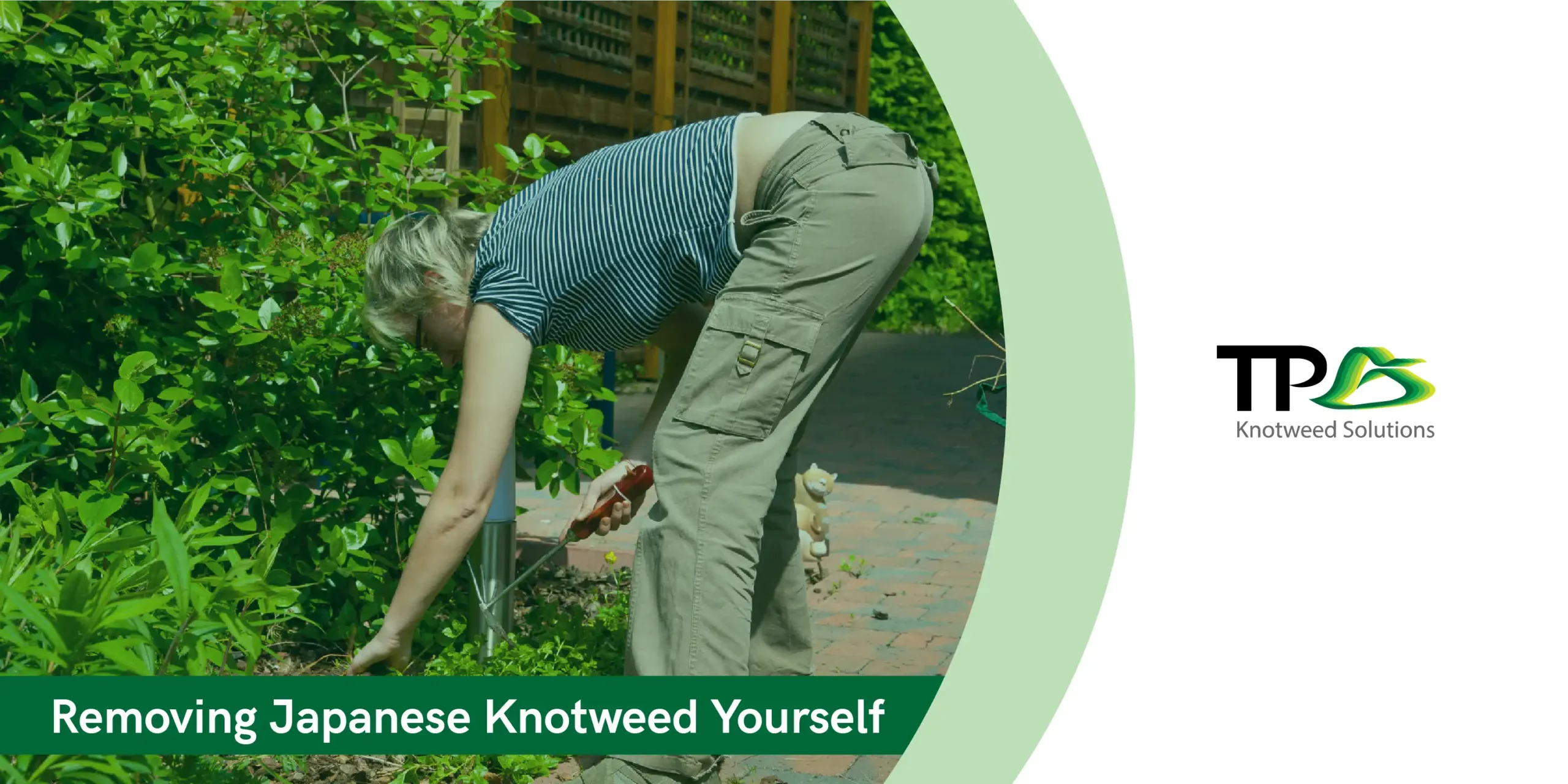Why are invasive species such a threat? Find out what makes invasive species such a problem and what to do about them.
An invasive species is an imported variety of animal or plant which, once it’s been moved away from its own native area, finds the environment of its new home much more conducive to development, and breeds to such an extent that it suffocates species already here.
Some examples of invasive species in the UK include the grey squirrel and Japanese knotweed.
In a place like the UK, there is a very limited native biodiversity formed from plants and animals that arrived here naturally between the end of the last glaciation and the rise in sea-level that formed the English Channel and made us an island.
How do invasive species reach the UK?
Most of the non-native species arrive and live alongside our native species with no harm done; others can be more vigorous and appear almost anywhere such as the Sycamore tree.
Those we regard as invasive destroy pre-existing species by outcompeting them for scarce food or space, bringing disease or simply reproducing far quicker than the ecosystem can cope with.
Invasive species are a threat to biodiversity
The best-known example of an invasive species is the grey squirrel; introduced a hundred years ago, it is more adaptable to British conditions and was able to outcompete the native red squirrel for food during the harsh winter months. It also carries the parapox virus, which is lethal to its red cousins.
Probably the best known and most destructive of invasive plant species is Japanese knotweed.
What is the legislation surrounding invasive species?
Japanese knotweed and other invasive plants are subject to the Anti-Social Behaviour, Crime and Policing Act 2014. Whilst it is not illegal to have the plant in your garden, it is your responsibility to ensure it doesn’t spread onto neighbouring properties or open land.
Control is difficult. Simply digging it out is not effective as any remaining fragment is capable of growing back.
Disposal of the plant is also complicated as Japanese knotweed is classed as controlled waste under the Environmental Protection Act 1990, so it must be disposed of at a licensed site and certainly never put in with household waste or your green waste collection.
How to manage invasive species
Why are invasive species such a threat? Because the same qualities that make them so prolific also make them difficult to control.
The most effective way of getting rid of invasive species is by use of a specialist company who will dispose of it in a licensed and controlled manner. The same applies to manner other invasive species of flora and fauna, requiring specialist removal in order to mitigate their colonisation and control their spread across non-native soil.
TP knotweed are the country’s leading specialists in the control and removal of invasive species. Their expert team operate nationwide to help you treat your infestation using a range of specialised treatments specific to your circumstances. This tailored approach ensures the best treatment for you, whether you have a small emerging shoots in your garden or a large-scale infestation on your commercial development.
For support controlling and eliminating invasive species on your site, book a site survey today.




